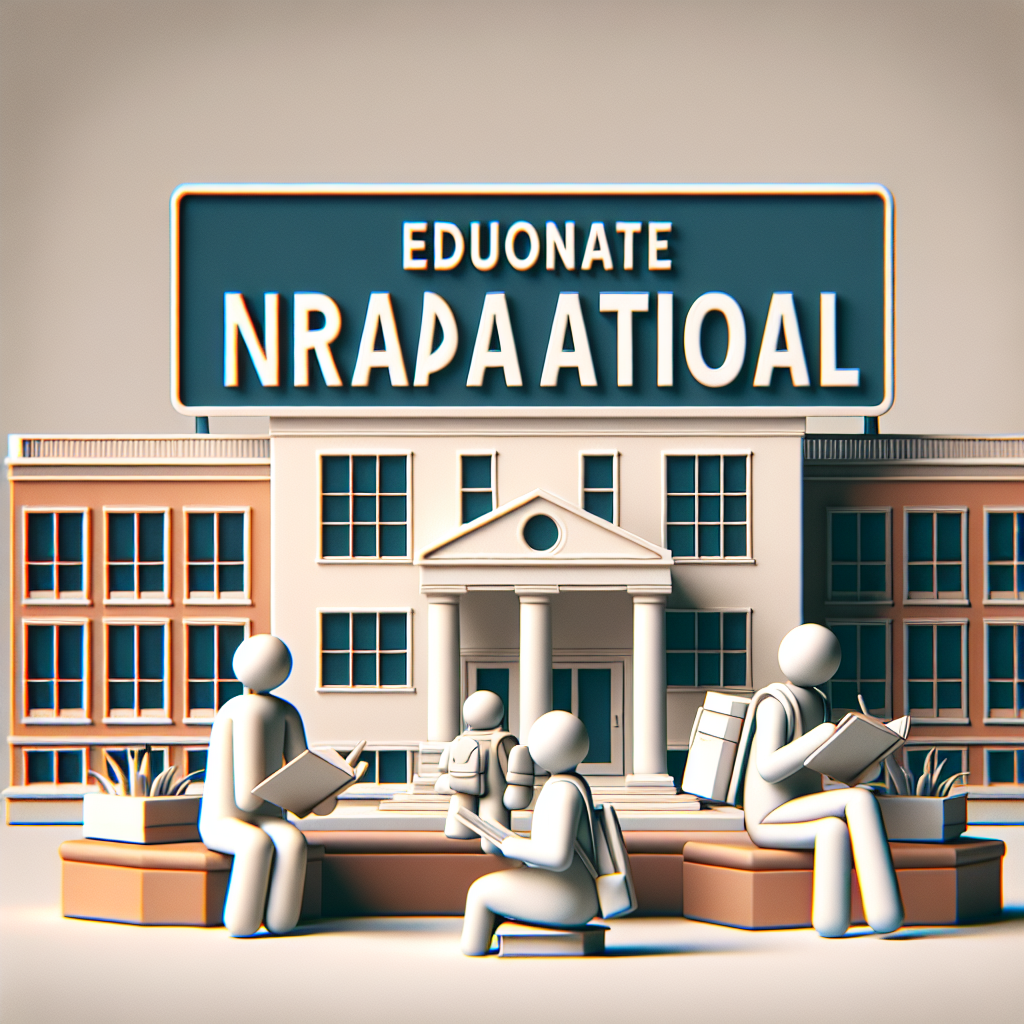As higher education becomes more flexible, many people who do not fit the “traditional” 18–22 student profile are seeking degrees, certificates, and training. Everything You Need To Know About Grants For Nontraditional Students offers a practical roadmap for adults returning to school, part-time learners, career-changers, and caregivers balancing study with other responsibilities. This guide explains where to look for funds, how eligibility often differs from traditional programs, and strategies to increase your chances of receiving grant support.
Grants for nontraditional students: key differences and eligibility
Nontraditional students typically include those who delay enrollment, attend part time, work full time, are financially independent, or have dependents. Grant programs often target specific barriers these students face — child care, work-schedule conflicts, or the need for career-specific training. Eligibility criteria can vary widely: some federal and state grants focus on income and enrollment status, while foundations and nonprofits might prioritize career direction or community service.
Common types of grants available
Understanding the variety of grant sources helps you prioritize applications and tailor materials:
- Federal grants — need-based awards like Pell Grants and targeted initiatives for workforce development.
- State grant programs — often tied to residency and specific workforce or certificate programs.
- Institutional grants — colleges and universities may reserve funds for returning or adult learners.
- Private foundations and employers — scholarships and grants that support career transitions, single parents, veterans, or arts students.
- Specialized program grants — sector-specific funds such as those for technical trades, healthcare training, or creative fields.
How to search and apply effectively
Start with a centralized application where possible, then expand to niche opportunities. Complete the FAFSA early to determine federal aid eligibility — it’s often the gateway to other grants and institutional funding. For federal grant basics and eligibility guidance, review the official federal student aid resource: federal grant types and eligibility.
Next, research state programs through your state higher education agency and the financial aid office at any institution you plan to attend. Smaller scholarships from community organizations, professional associations, and employers can be less competitive but still impactful. Tailor each application: explain why your life circumstances make you a strong candidate and describe how the award will enable completion or job placement.
Tips for stronger applications
- Highlight work experience, leadership in community roles, and demonstrated commitment to career change or completion.
- Provide clear budgets that show how grant funds will be spent (tuition, books, child care, transportation).
- Gather strong references who can speak to your maturity, reliability, and goals.
- Apply broadly — combine federal, state, institutional, and private opportunities to build a package.
- Keep deadlines and renewal requirements in a calendar; some grants require progress reports or reapplication each year.
Funding options for students with specialized interests
Many nontraditional students pursue fields that have targeted funding, such as healthcare certificates, teaching credentials, or creative disciplines. If you are exploring artistic study or creative careers, don’t overlook dedicated supports: scholarships for art students can include both scholarships and grant funding tailored to visual and performing arts. Likewise, workforce retraining grants often coordinate with community colleges to place adults in high-demand jobs.
Balancing work, life, and grant commitments
Grants sometimes require certain enrollment levels or progress benchmarks. If you need part-time study, prioritize programs that accept lower-credit enrollment without disqualifying you from award eligibility. Open communication with your financial aid office about your schedule and responsibilities can prevent surprises with disbursements or renewal conditions.
Frequently asked questions
Q: Can part-time students qualify for grants?
A: Yes. Many grants accept part-time enrollment, though federal Pell Grants have enrollment thresholds that affect award size. Always check the specific rules for each program.
Q: Do I need to be in a degree program to get grants?
A: Not always. Some workforce training grants and certificate program funds support non-degree credentials. Verify that the training provider is eligible for the funding source you seek.
Q: How do grants differ from loans?
A: Grants are typically gift aid that does not need to be repaid, while loans must be repaid with possible interest. Grant eligibility is often need-based or targeted to certain populations.



